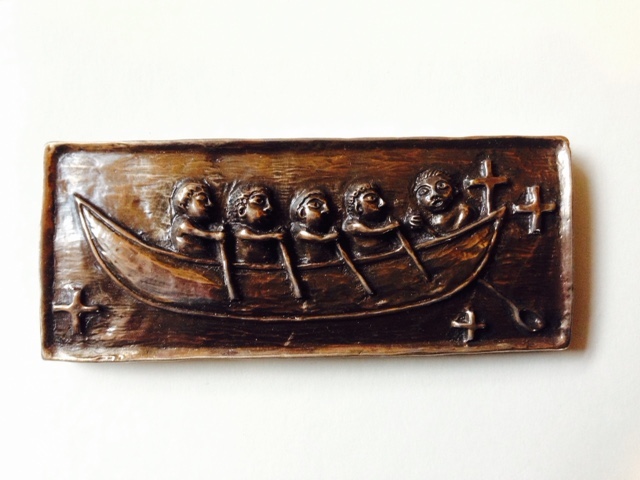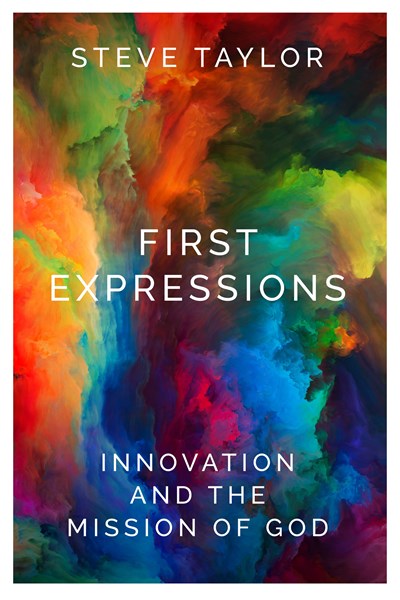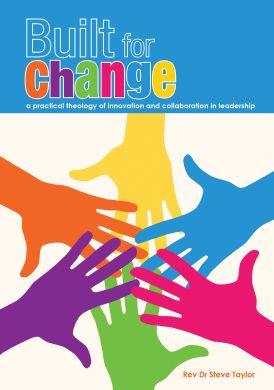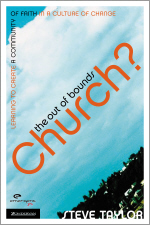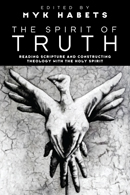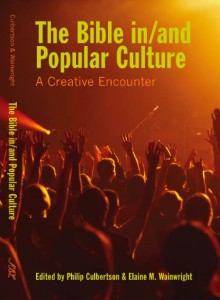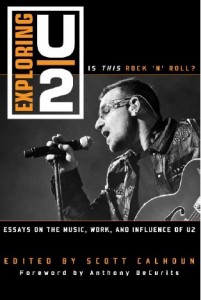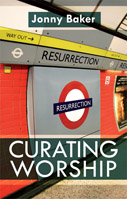Sunday, January 26, 2025
introducing ordinary time festival research
Delighted to be published in Theology Today journal (last article, scroll down. Or go here). Here’s a bit of the backstory, something I wrote when the article was published online in August. Now that it’s published in paper, here’s a short video of me introducing the research.
For those who like to read not watch, here’s the script:
I’m Steve Taylor, I research and write. Recently I’ve written about why – and how – Christians can love festivals.
The Christian year is divided into the major seasons of Advent, Christmas, Lent, and Easter on the one hand, and ordinary time on the other. Churches and ministers and lay people put hours of time and energy into celebrating the major seasons. Christian feasts and festivals like Christmas, Easter and Pentecost gather lots of attention. Which then raises the question – if we put so much time in the major seasons around Christmas and Easter, then how should ordinary time be celebrated? What might it mean for our faith and our life as a church to put energy and focus into festivals in ordinary time?
I began to research if there are ways to connect ordinary time with festivals. Theoretically, one place to explore why – and how – Christians can love festivals is the work of Amy Plantinga Pauw. Amy read the wisdom literature of the Old Testament and called for the value of ordinary time. From Proverbs and Ecclesiastes she drew out 6 themes of
- making new,
- longing,
- giving,
- suffering,
- rejoicing
- joining hands
She called this a wisdom ecclesiology and argued these 6 themes are essential to life of the church. So that’s a possible why. Which raises the question of how? How can Christians love “ordinary time” festivals?
So I researched three “ordinary time festivals,” three ways that local churches and local ministers and lay people could put some “Christians love festivals” energy into ordinary time. I used video footage and web documents and newspaper reports and I discovered that “wisdom ecclesiology” to research
- A harvest festival in Scotland, occurring in a farming shed during Covid
- a spin and fibre festival celebrating wool and craft in Australia.
- a local community festival started by a group of local churches in Aotearoa New Zealand
Three different types of ordinary time festivals in 3 different countries.
I discovered evidence of those 6 themes. And where they were not found, I suggested some easy ways that the missing themes could be added. I also suggested a 7th category, what I called local placemaking, to add to Pauw’s wisdom ecclesiology. Because the empirical research made clear that ordinary time festivals are a great way of celebrating the particularity, the special, the incarnated qualities of a local community.
So my why and how research has implications for churches wanting to connect with their communities. First, those wisdom ecclesiology themes of
- making new,
- longing,
- giving,
- suffering,
- rejoicing
- joining hands
- placemaking
give a reason for churches and groups to love ordinary time festivals. Second, ordinary festivals give a how – how might churches work in particular and local ways to placemake – to connect the wisdom of Christian ordinary time with the special qualities of our local communities.
If you want to read more see my article in a journal called Theology today. Called “Ordinary-Time Festivals: An Application of Wisdom Ecclesiology.” Theology Today Volume 81, issue 4. Or follow my blog – emergentkiwi.org.nz – where I place resources and thinking. Because, Christians can love festivals.
Friday, January 24, 2025
colours and community building
Today was the first church council meeting of the year. By way of devotion, as Chair, I took along a box of different coloured pens. Placing the pens in the middle of the group grabbed attention and created curiousity. A perfect way to begin.
“What was the colour of your Christmas,” I asked? “What was the colour of your summer?” Folk chose colours. “And if you want to test your colours, feel free,” I then said, as I handed around small pieces of paper.
After a few minutes of choosing and colouring, we shared with each other about the colours we had each chosen.
It worked splendidly. A real depth of sharing. New insights about each others realities. Greater awareness of how we could pray and support each other.
Then some questions about what being good news might mean among us. What if the range of colours among us also connects with the experience of folk in the community? What does the range of colours mean for how we preach and care as we move toward Christmas in 2025?
And so a prayer as the meeting began, that our work as a council would engage the full reality of the colours among us and the community in which we are part.
Choosing colours was a simple exercise that resulted in sharing of stories and supportive listening. Choosing colours builds healthy teams.
